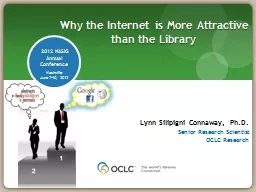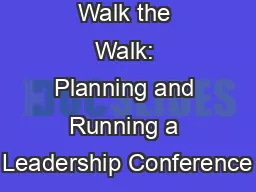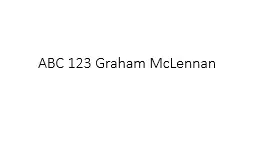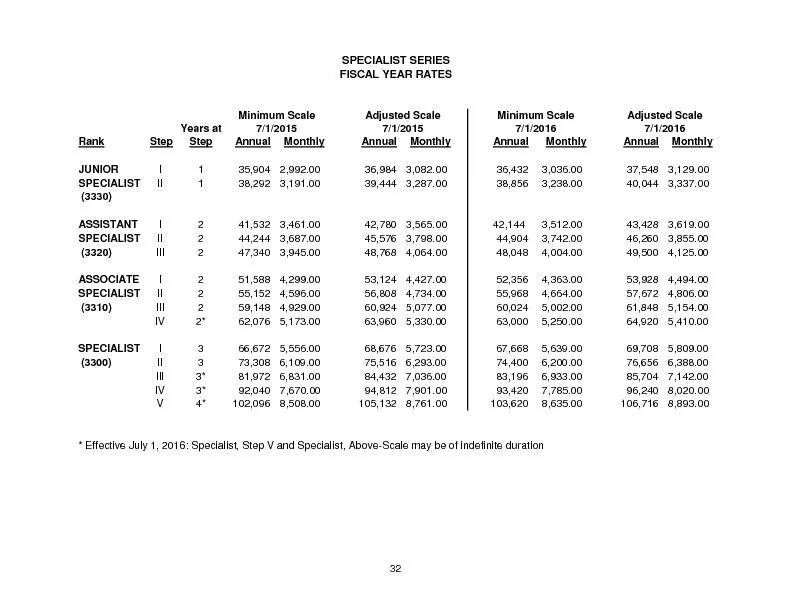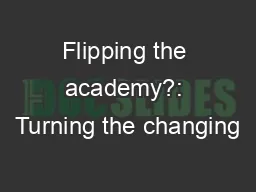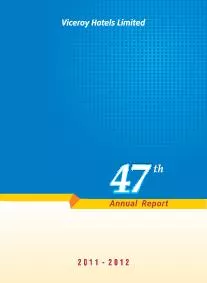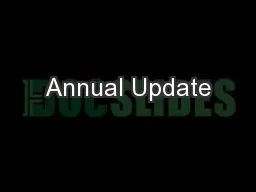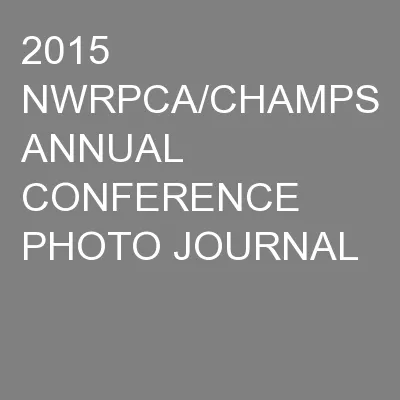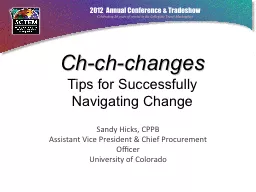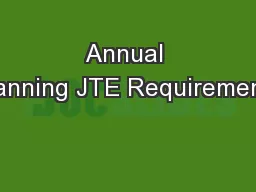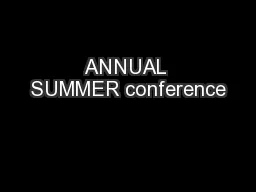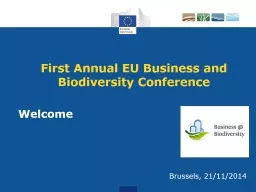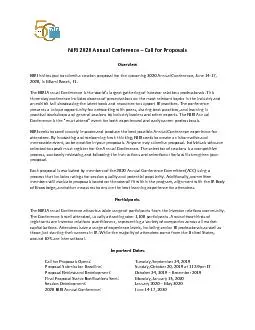PPT-2012 NASIG Annual Conference
Author : pamella-moone | Published Date : 2015-12-07
Nashville June 710 2012 Lynn Silipigni Connaway PhD Senior Research Scientist OCLC Research Why the Internet is More Attractive than the Library I find Google
Presentation Embed Code
Download Presentation
Download Presentation The PPT/PDF document "2012 NASIG Annual Conference" is the property of its rightful owner. Permission is granted to download and print the materials on this website for personal, non-commercial use only, and to display it on your personal computer provided you do not modify the materials and that you retain all copyright notices contained in the materials. By downloading content from our website, you accept the terms of this agreement.
2012 NASIG Annual Conference: Transcript
Download Rules Of Document
"2012 NASIG Annual Conference"The content belongs to its owner. You may download and print it for personal use, without modification, and keep all copyright notices. By downloading, you agree to these terms.
Related Documents

